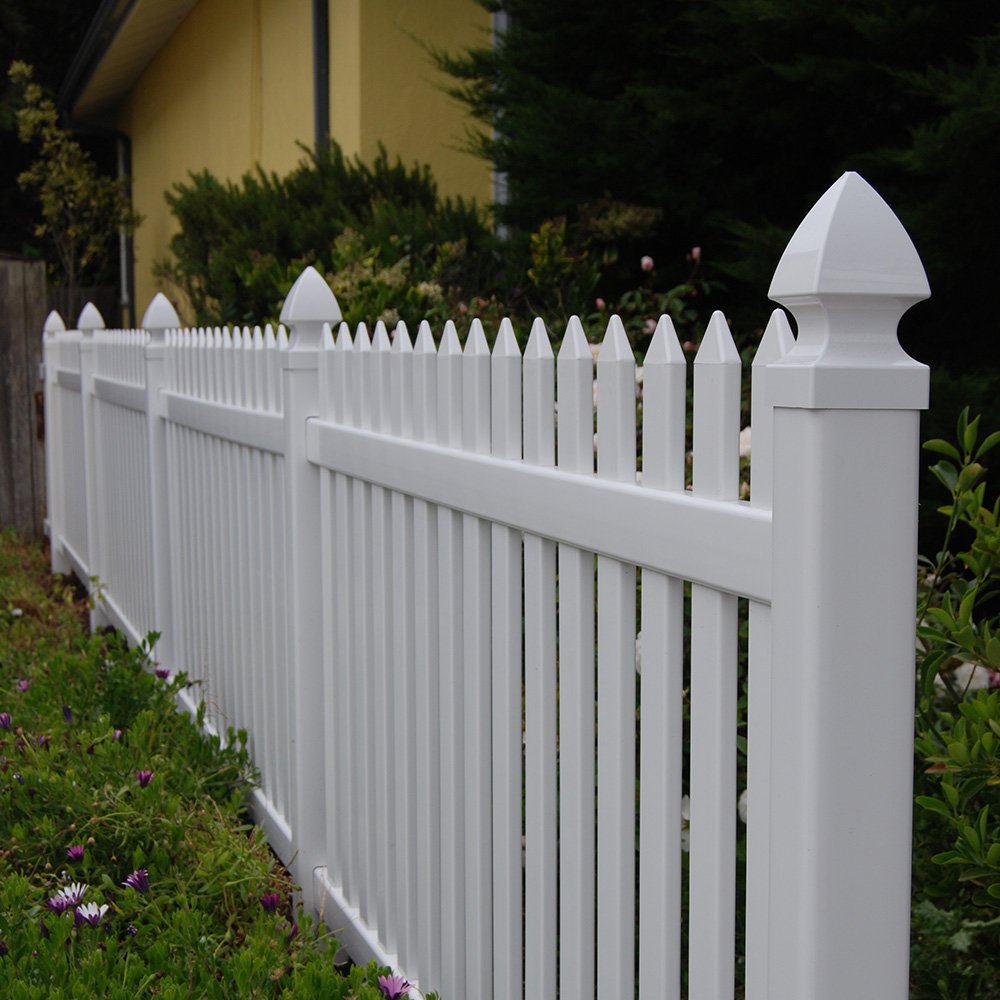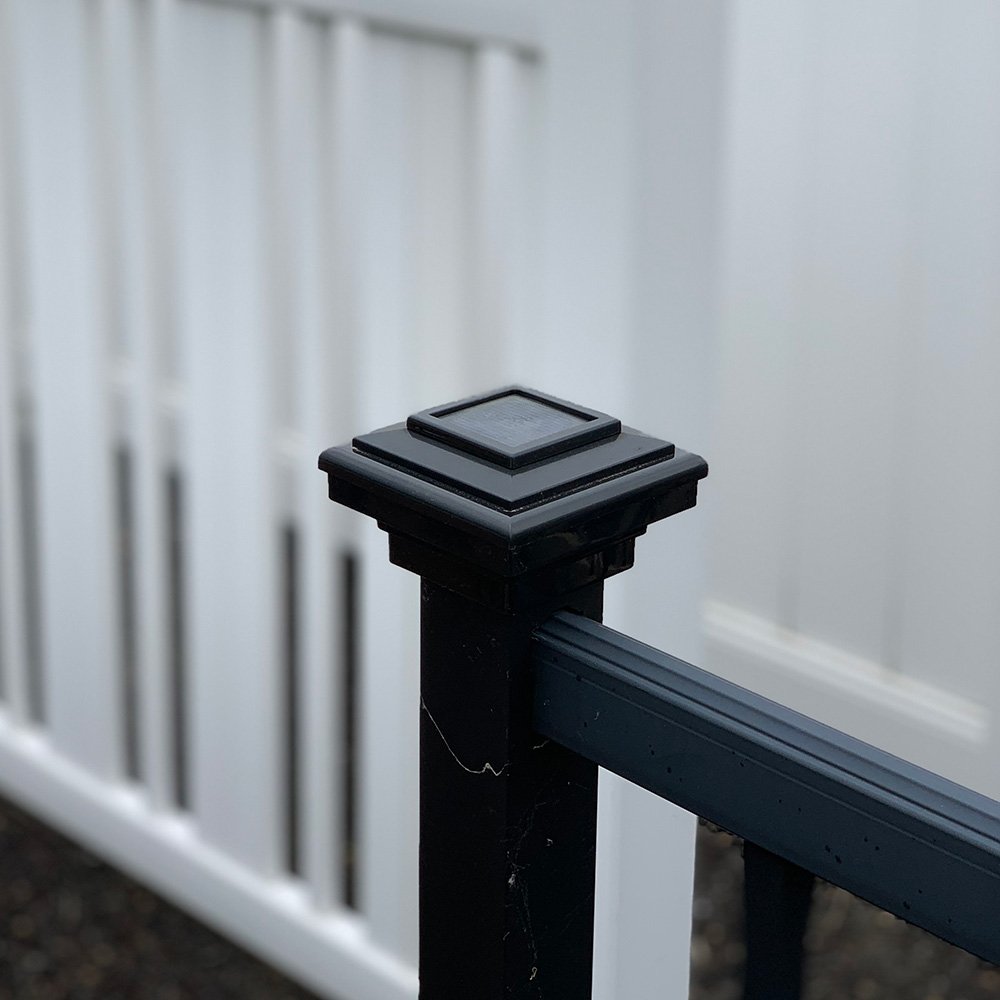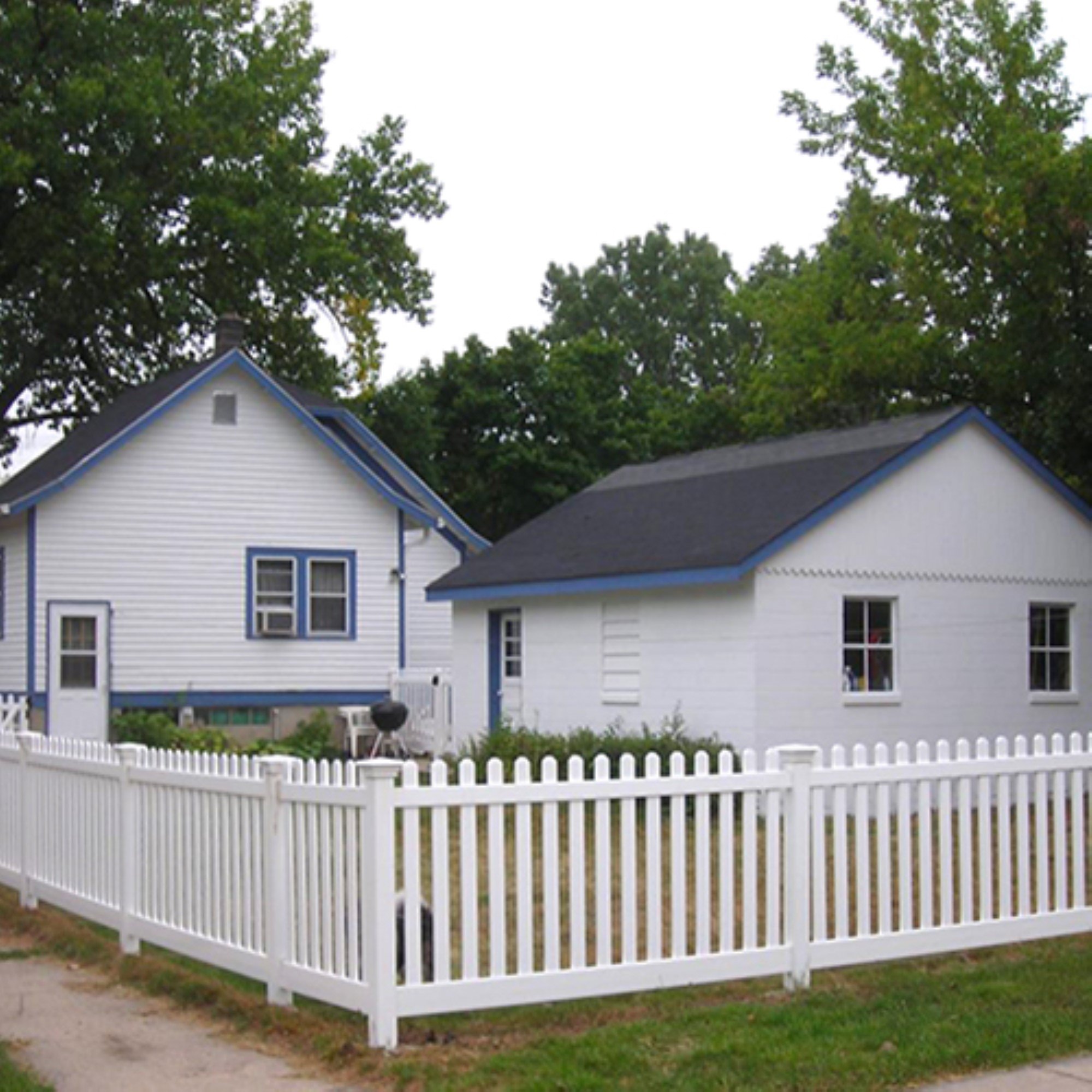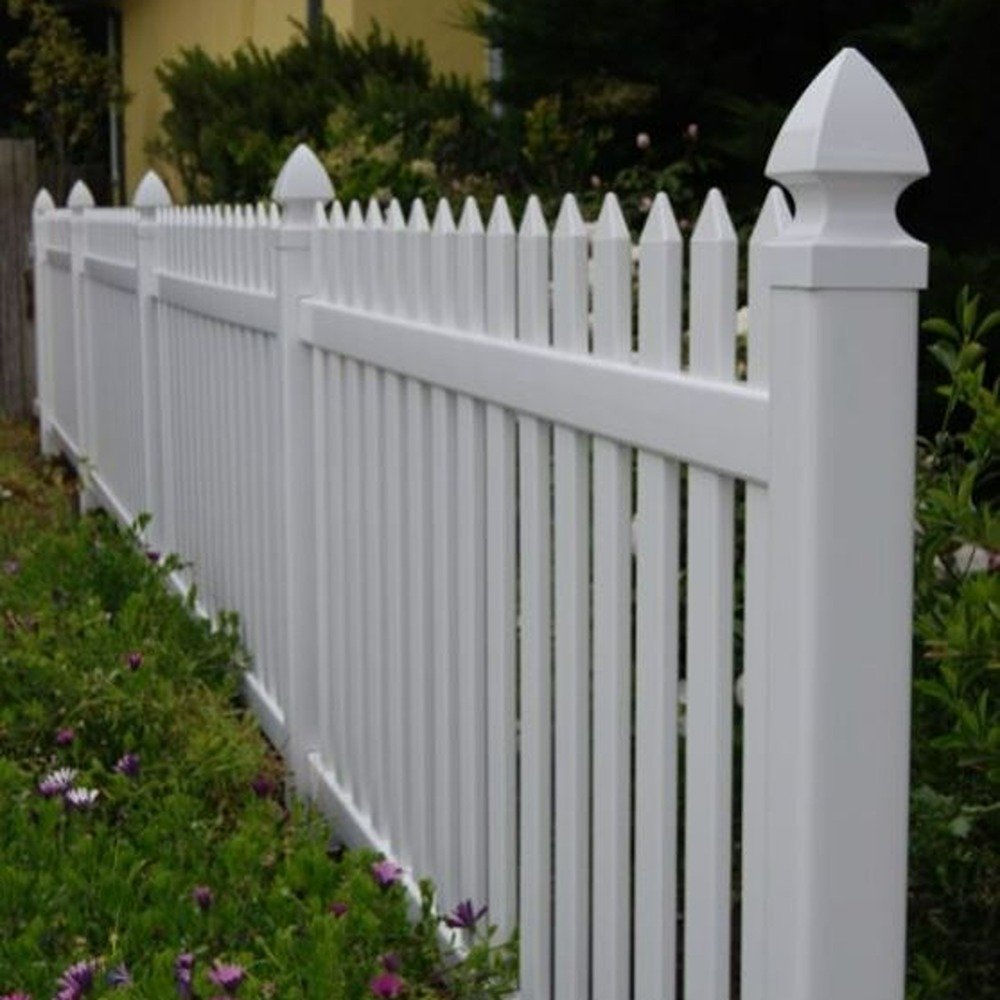ADA Secondary Railing
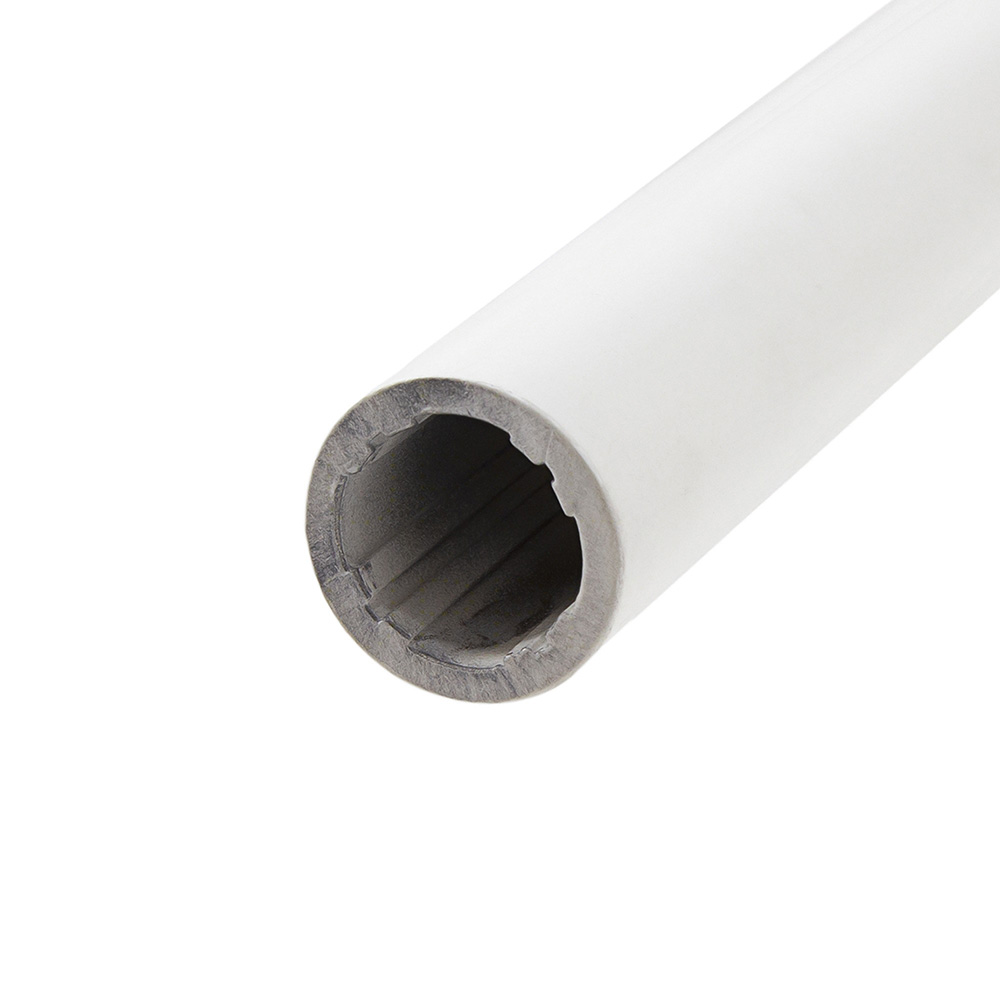
If you are trying to make railing accessible for all people, ADA secondary railing is the correct choice. This railing is compliant with ADA standards and is made from heavy-duty plastic. Plus, all the handrailing available is tested with the IRC (International Residential) and IBC (International Building) codes. Are you looking for a way to make your railing easy for everyone to use? The ADA secondary railing is what you will need.
What Colors Does ADA-Compliant Railing Come In?
ADA railing comes in multiple colors, including black, khaki, almond, and white. This will help your railing match your existing fence. Plus, this railing is easy to clean and install. ADA railing components from LMT are created with a powder-coating finish and have cast aluminum components. Not only will you need an ADA railing, but you may also need some other components to finish your railing.
Other Necessary ADA Railing Components
Some other parts you may be interested in for your ADA railing include:
- Corner Brackets
- Wall Return Bracket Cover Plates
- 180-Degree Return Loop
- Heavy Duty Hand Rail Mount Bracket Kits
- Joiner Assemblies
- Molded Rail Joint Rings
- ADA Compliant Post Returns
- Railing Inserts
- Wall Returns
- Rail End Caps
How Do I Know Where Each Part Of The Rail Fits?
If you are still determining where each part goes for ADA railing, a helpful ADA railing guide is available to help you when installing your ADA railing. Since your railing can be customized to almost any stair formation, it is easy to make a railing that curves, has angles, or is attached to a wall.
ADA Railing GuideAre There Requirements For ADA Secondary Railing?
Most regulations for ADA railing require you to use a handrail bracket or wall return every 96”. But, some other rules to keep in mind that are not necessary but you should follow are that your railing should be:
- Continuous Without Any Jagged Parts
- Railing Should Be On Both Sides Of The Stairway
- Must-Have A Height Of About 34 To 38 Inches
- Railings Should Not Be Movable, And Twist
- There Should Be About 1.5 Inches Of Space Between The Handrail And Wall
- Handrail Must Return Smoothly Without Any Sharp Edges To The Floor Or Wall
ADA Secondary Railing
ADA secondary railing not only helps everyone get inside your building securely but also provides a comfortable place to walk when stairs or ramps are slippery during the winter. After all, the more ADA-friendly your building is, the more everyone will feel included in your outdoor design.

